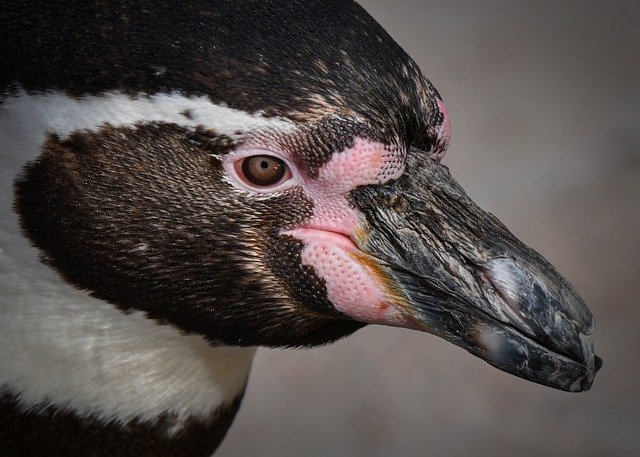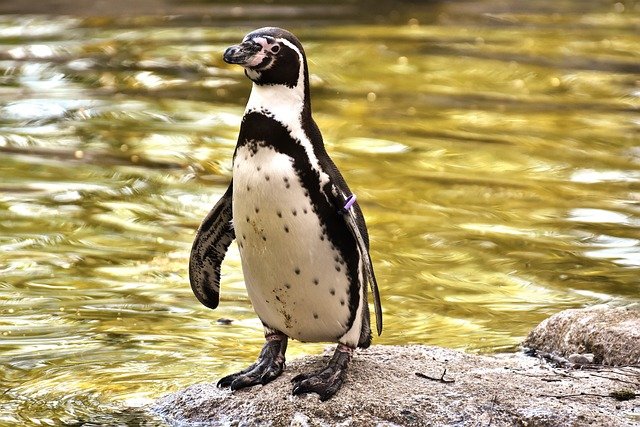**Topic: "The Social Lives of Penguins: How These Adorable Birds Communicate and Form Bonds

The Social Lives of Penguins: How These Adorable Birds Communicate and Form Bonds
Penguins are often celebrated for their charming waddles and striking black-and-white plumage, but there’s much more to these fascinating birds than meets the eye. Beyond their adorable appearance, penguins exhibit complex social behaviors and communication methods that are essential for their survival in the harsh environments they inhabit. In this post, we’ll explore how penguins interact, form bonds, and communicate with one another.
1. Social Structure
Penguins are highly social animals that thrive in colonies, often numbering in the thousands. These colonies provide protection from predators and help with foraging for food. Within these groups, penguins exhibit a variety of social structures, including:
- Nesting Colonies: Many species, like the Emperor and Adélie penguins, establish nesting sites in large colonies where they can raise their young together.
- Hierarchical Relationships: Some species display a pecking order, where dominant individuals gain access to better nesting sites and food resources.
2. Communication Methods
Penguins have developed a range of vocalizations and physical displays to communicate with one another. Here are some key methods of communication:
Vocalizations
- Calls: Penguins are known for their distinctive calls, which can vary from species to species. These calls serve multiple purposes, including attracting mates, signaling alarm, and maintaining contact with partners and chicks. For instance, the Emperor penguin's call can be heard over long distances, allowing mates to find each other in crowded colonies.
Body Language
Postures and Movements: Penguins use body language to convey emotions and intentions. For example, a penguin may bow or flap its wings to establish dominance or attract a mate.
Preening: Mutual preening is a common behavior among penguins, which not only helps keep their feathers clean but also strengthens social bonds between individuals.
3. Pair Bonding
Many penguin species are monogamous, forming long-term pair bonds that can last for several breeding seasons. This bond is crucial for successful reproduction and raising chicks. Here’s how they maintain these relationships:
Courtship Displays: During the breeding season, penguins engage in elaborate courtship rituals, including synchronized swimming and vocal duets, to attract and strengthen bonds with their partners.
Cooperative Parenting: Both parents share the responsibilities of incubating eggs and feeding chicks, showcasing their commitment to the family unit.
4. Social Learning
Penguins are also capable of social learning, where young penguins observe and mimic the behaviors of their parents and peers. This learning is vital for mastering skills such as foraging and predator avoidance.
5. Conclusion
The social lives of penguins are rich and complex, characterized by intricate communication and strong bonds. Their ability to form relationships and work together is not only essential for their survival but also adds to the charm of these beloved birds. As we continue to study and understand their behaviors, we gain insight into the importance of social structures in the animal kingdom.
Whether you’re a seasoned ornithologist or a casual observer, the social dynamics of penguins offer a captivating glimpse into the lives of these remarkable creatures. So next time you see a penguin, remember that there’s a whole world of communication and connection happening beneath that adorable exterior!

Upvoted! Thank you for supporting witness @jswit.